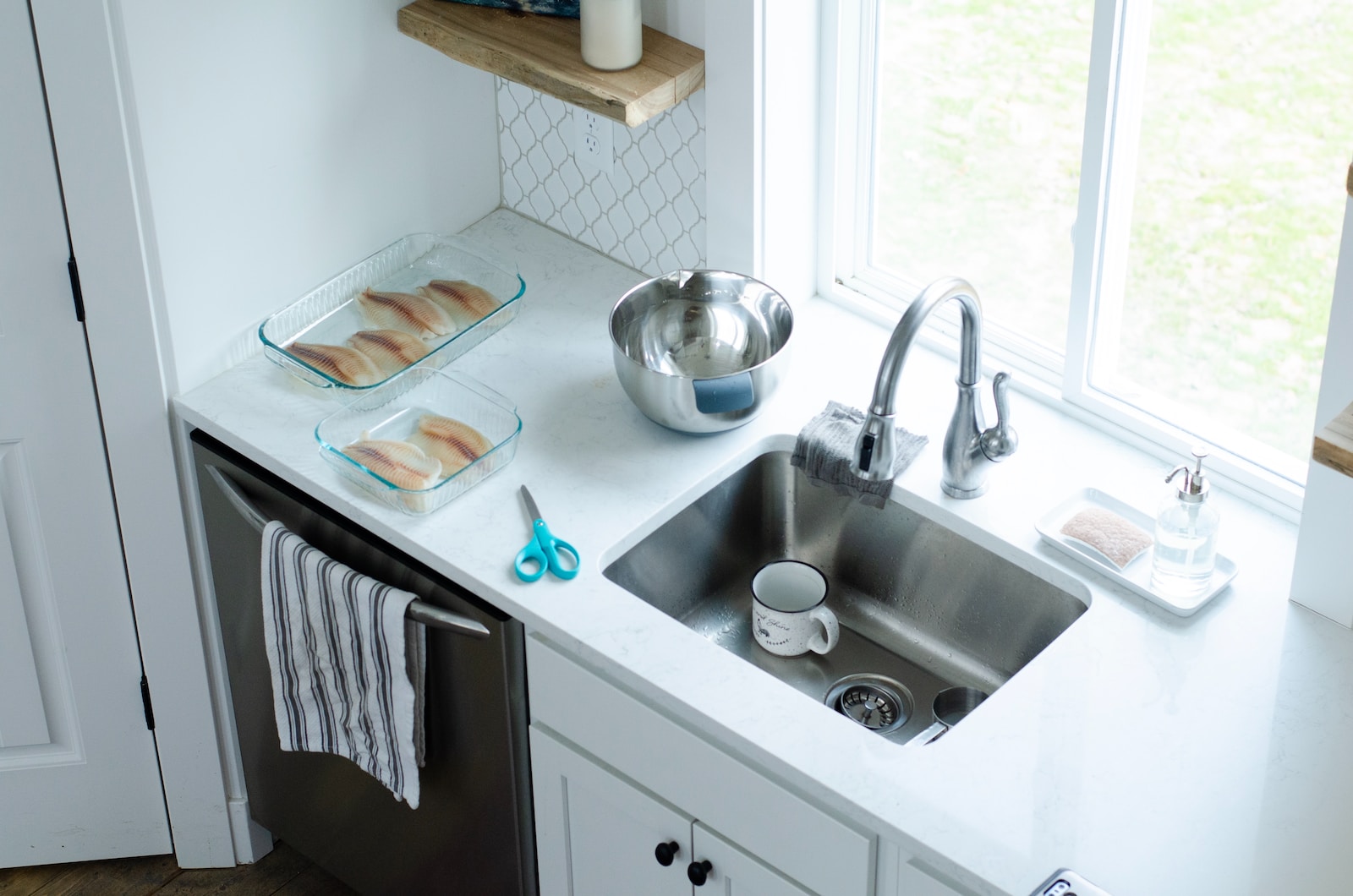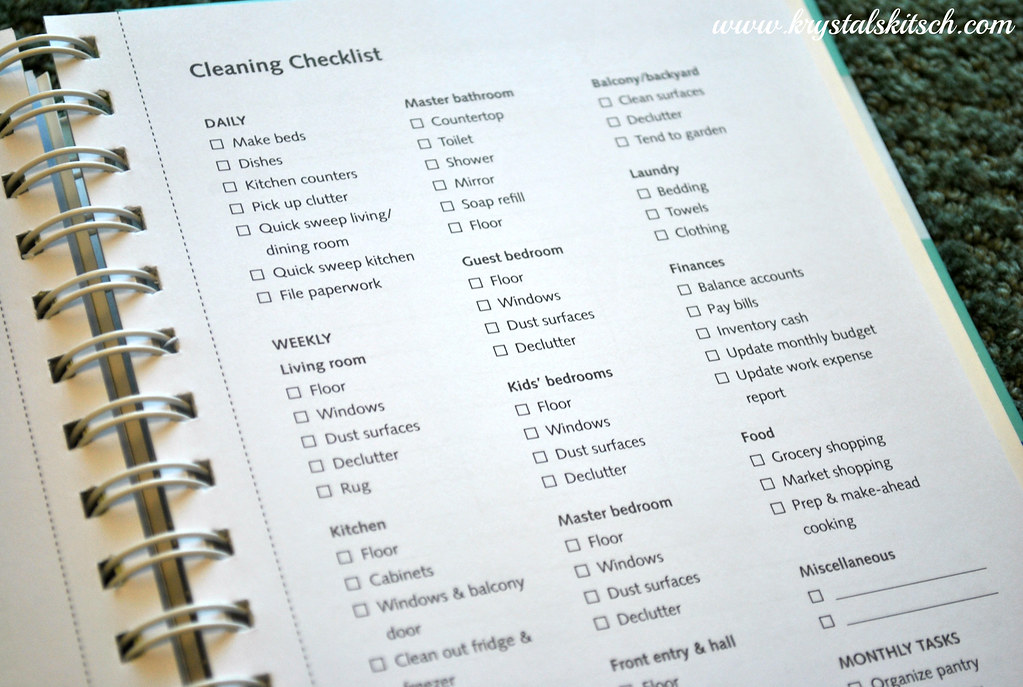

Are your stainless steel appliances and sinks looking dull and grimy? Fear not, because in this article, we’re going to show you how to bring back that sparkling shine.
With just a few simple steps, you’ll be able to remove stains, tackle tough grease, and restore your stainless steel to its former glory.
So grab your cleaning supplies and get ready to make your appliances and sinks shine like never before. It’s time to give your kitchen a fresh and clean makeover.
Regular cleaning is important for your stainless steel appliances and sinks. It is crucial for maintaining their appearance and longevity. Stainless steel is durable but susceptible to smudges, fingerprints, and stains. Cleaning regularly prevents the buildup of dirt and grime, which can lead to corrosion and damage over time. It also removes bacteria and other harmful contaminants, ensuring a safe and hygienic environment for food preparation. Use gentle cleaning agents designed for stainless steel to avoid discoloration or scratches. Prioritizing regular cleaning keeps your appliances and sinks looking pristine and functioning optimally.
Before starting, make sure you have all the necessary cleaning supplies for the task. Here’s what you’ll need:
Having these supplies ready will ensure a successful cleaning session, leaving your stainless steel appliances and sinks looking brand new.
To prepare the surfaces, start by wiping them down with a microfiber cloth to remove any dust or debris. This step is crucial as it ensures a clean and smooth surface for the next cleaning steps.
Microfiber cloths are ideal for stainless steel as they are gentle and won’t scratch the surface.
Next, dampen another cloth with warm water and add a few drops of mild dish soap. Gently scrub the stainless steel surfaces using circular motions, paying extra attention to any stubborn stains or fingerprints.
Rinse the cloth thoroughly and wipe away any soap residue. For tougher stains, you can use a stainless steel cleaner specifically designed for this purpose.
Once the surfaces are clean, dry them with a clean, dry cloth to prevent water spots or streaks.
Following these steps will leave your stainless steel appliances and sinks sparkling clean and looking their best.
If there are stubborn stains or spots on your stainless steel surfaces, try using a mixture of vinegar and water to gently remove them. This natural solution is effective and safe for your stainless steel appliances and sinks.
Here’s how you can do it:
For a quick and easy way to restore shine to your surfaces, try using a microfiber cloth and a small amount of olive oil.
Olive oil is a natural and effective option for polishing stainless steel appliances and sinks.
Start by dampening the microfiber cloth with water and then apply a small amount of olive oil onto the cloth.
Gently rub the cloth onto the surface, following the grain of the stainless steel.
The olive oil will help remove any fingerprints, smudges, or water spots while also leaving a beautiful shine.
Remember to use a minimal amount of olive oil to avoid leaving any greasy residue.
Once you have finished polishing, use a clean dry cloth to buff the surface and remove any excess oil.
Your stainless steel appliances and sinks will look brand new and gleaming with shine!
When cleaning your stainless steel surfaces, remember to use a microfiber cloth and a small amount of olive oil for a beautiful shine.
Here’s how to clean your stainless steel appliances effectively:
Remember, when cleaning stainless steel, less is more.
Using these simple steps will ensure your appliances sparkle and shine, leaving you with a kitchen that looks and feels brand new.
Now that you know how to clean stainless steel appliances, let’s move on to cleaning stainless steel sinks.
Stainless steel sinks are a popular choice for kitchens due to their durability and sleek appearance. However, they can easily become dirty and dull over time.
To keep your stainless steel sink looking its best, start by rinsing it with warm water to remove any loose debris. Next, apply a small amount of mild dish soap to a soft sponge or cloth and gently scrub the sink in circular motions. Avoid using abrasive cleaners or scrub brushes, as they can scratch the surface.
Rinse the sink thoroughly and dry it with a clean towel to prevent water spots. For added shine, you can also use a stainless steel cleaner or a mixture of vinegar and water to remove any stubborn stains or fingerprints.
With regular cleaning and maintenance, your stainless steel sink will continue to shine and serve you well.
To effectively remove tough grease and grime from your stainless steel sink, try using a mixture of vinegar and water or a stainless steel cleaner. Here’s how to tackle those stubborn stains and restore the shine to your sink:
One common mistake people make is not testing cleaning solutions before applying them to surfaces. This can be a costly error, especially when it comes to cleaning stainless steel appliances and sinks. Before using any cleaning solution, it is important to test it on a small, inconspicuous area to ensure it does not cause any damage or discolouration.
Stainless steel is a durable material, but it can be sensitive to certain chemicals. It is crucial to follow the manufacturer’s instructions and recommendations for cleaning and maintenance. Using the wrong cleaning products or techniques can lead to scratches, streaks, or even permanent damage.
To keep your stainless steel surfaces looking shiny and clean, regularly wipe them down with a soft cloth and mild cleaning solution. Here are some tips to help you maintain that sparkling look:
Yes, you can use vinegar to clean stainless steel appliances and sinks. Vinegar is a natural and effective cleaner that helps remove dirt, stains, and grime without causing damage to the stainless steel surface.
It’s not safe to use abrasive cleaners on stainless steel surfaces. They can scratch and damage the steel. Stick to gentle, non-abrasive cleaners and techniques to keep your appliances and sinks looking their best.
You should clean your stainless steel appliances and sinks regularly to maintain their appearance and prevent buildup. Regular cleaning helps to remove fingerprints, smudges, and stains, keeping them looking shiny and new.
Sure, you can use bleach to remove tough stains on stainless steel. Just make sure to dilute it properly and use a soft cloth to avoid scratching the surface.
To prevent water spots and fingerprints on stainless steel surfaces, you can use a microfiber cloth and a mixture of vinegar and water. Gently wipe the surface in a circular motion, then dry with a clean cloth.
In conclusion, it is essential to maintain the clean and sparkling look of your stainless steel appliances and sinks for their longevity and aesthetic appeal. By regularly cleaning and polishing these surfaces, you can remove stains, restore shine, and prevent the buildup of tough grease and grime.
Remember to gather the necessary cleaning supplies, prepare the surfaces, and avoid common mistakes in cleaning. With a little effort and the right techniques, you can keep your stainless steel looking its best for years to come.
So go ahead and give your appliances and sinks the TLC they deserve!

